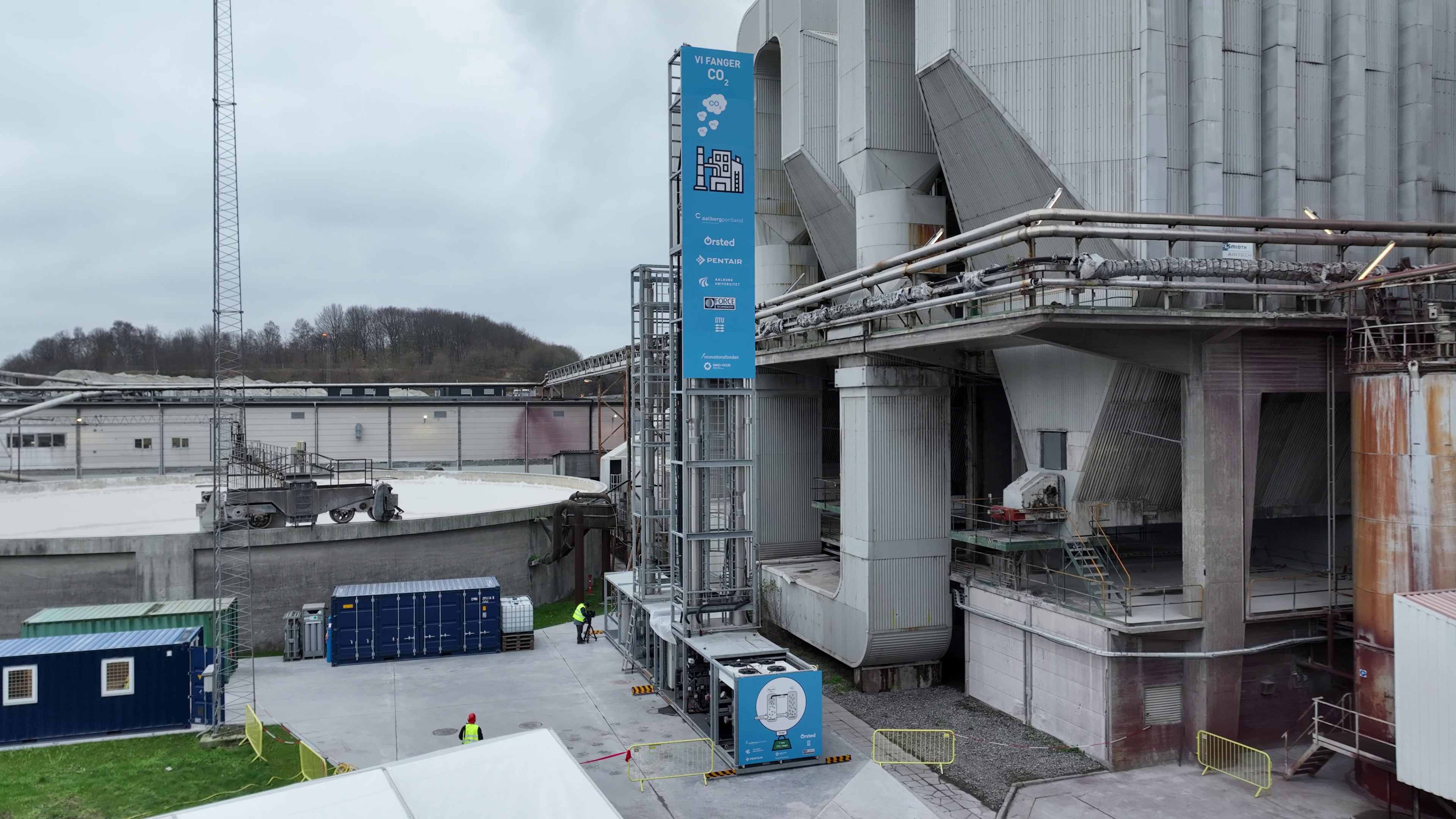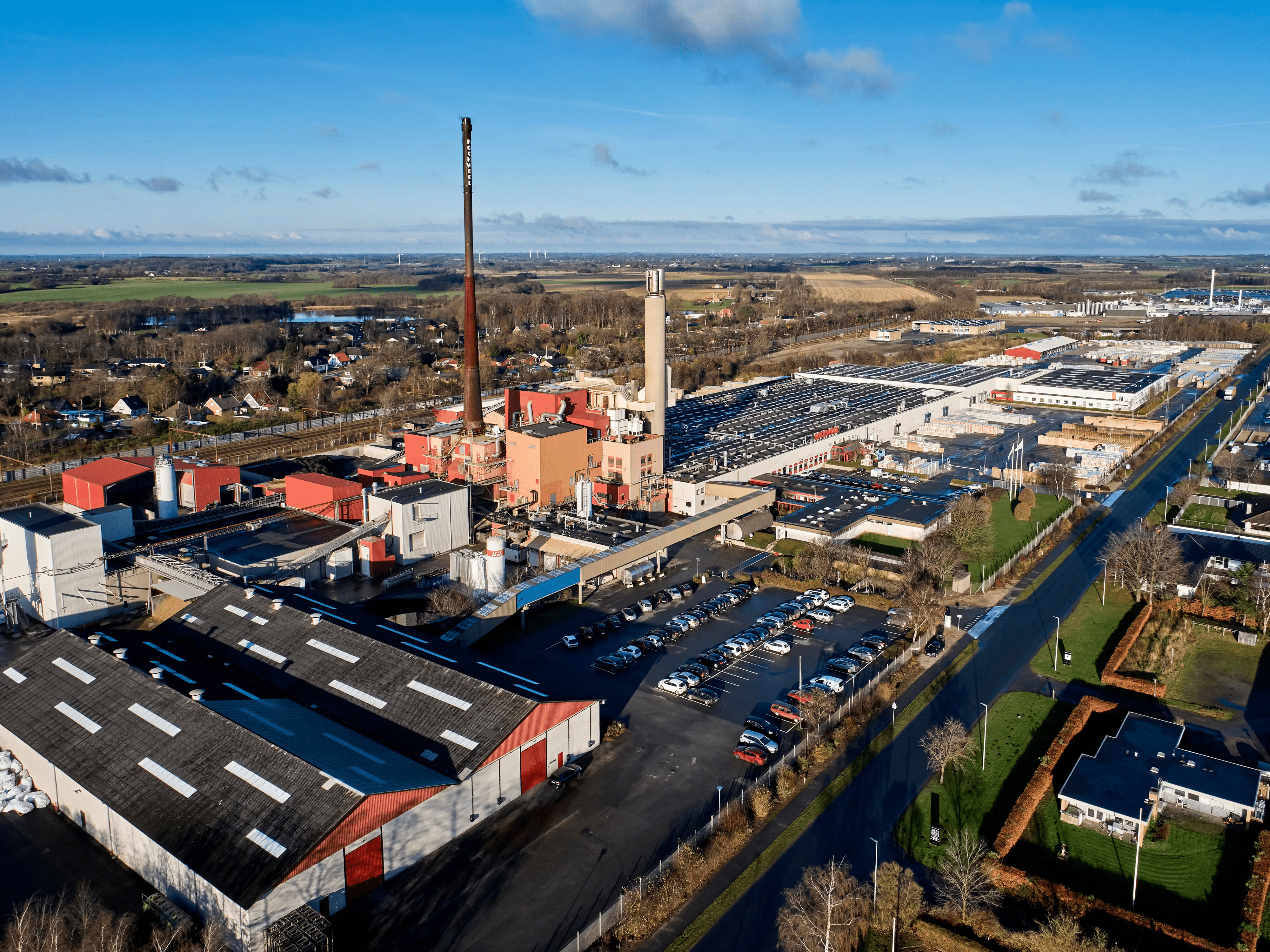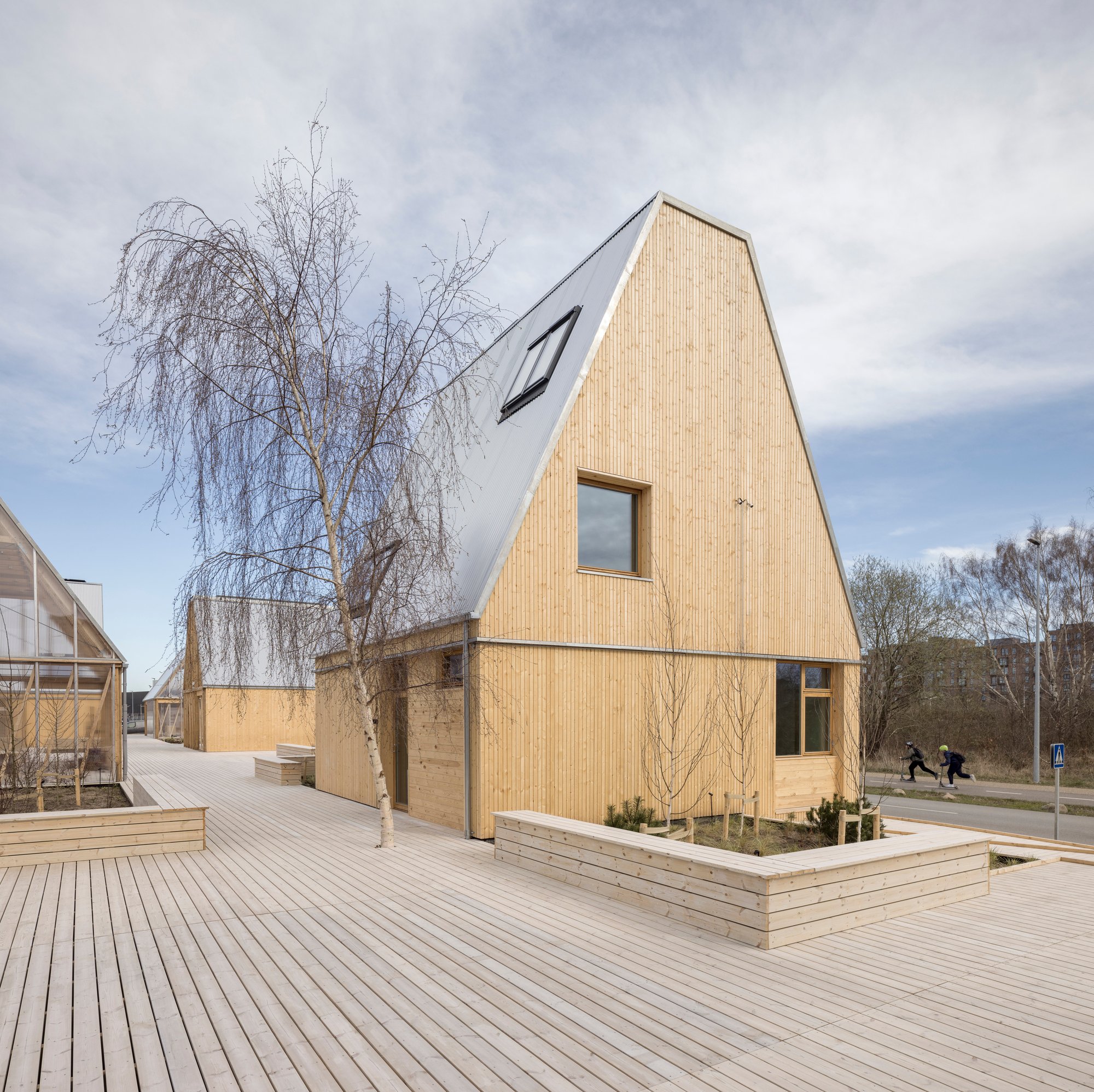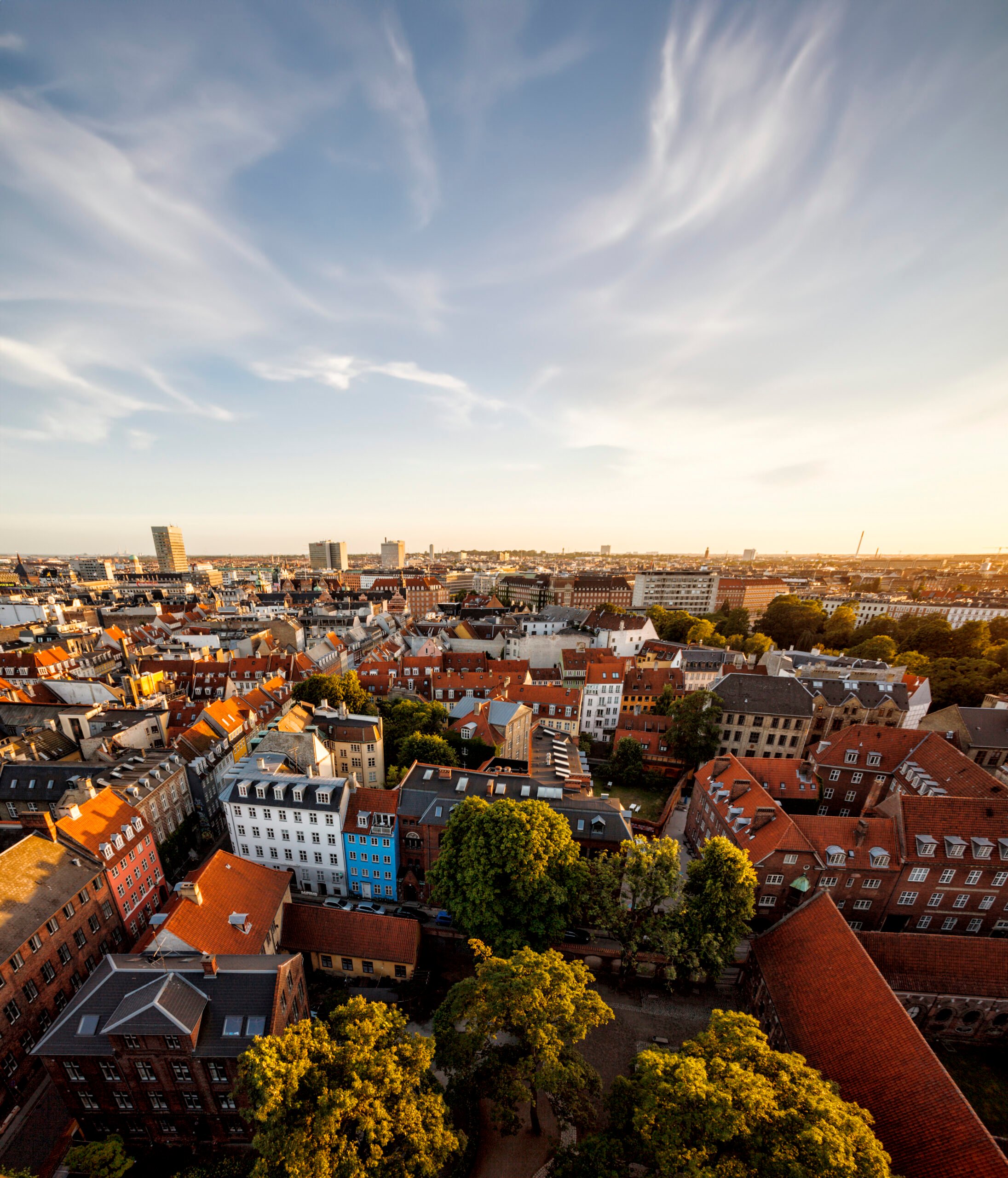News
Energy efficiency in buildings
Energy efficiency in industry
Danfoss at COP21: Put Energy Efficiency First to Achieve the Target


If energy was used more efficiently, it could deliver 38% of the emissions reduction needed to keep the planet within the 2 degree scenario of global warming by 2050. In spite of the enormous potential, the International Energy Agency estimates that only a third of the global energy efficiency potential will be obtained under the existing and discussed policies. That is why energy efficiency needs to have top priority when politicians and world leaders meet this month at United Nations’ climate summit COP21in Paris.
“When it comes to combating climate change, the innovative solutions and technologies we need are ready – technologies that allow us to save energy and decarbonize energy production cost-efficiently, here and now. That is reason for optimism. However, we need to speed up their adoption through a strong global climate deal and increased collaboration between the public and private sector to deliver and finance the best solutions,” explains President and CEO for Danfoss Niels B. Christiansen.
Worldwide, the potential for energy efficiency in countries and cities is great. Buildings, for example, account for approximately one-third of global energy use and is expected to contribute 45% of efficiency-related CO2 emissions savings by 2040. Technologies like advanced compressors, variable-speed drives, control valves and radiator thermostats can cut up to 40% of the energy used in the cooling and heating systems, and pay-back time is low.
There is also a lot to gain in the overall energy system. 58% of the CO2 emissions reduction required in the energy sector by 2050 can be achieved through broad application of district energy systems that distribute heating and cooling efficiently to buildings in cities. The systems can capture and utilize the surplus heat from power generation and industry, and also integrate renewable sources. In Denmark’s capital, Copenhagen, as much as 98% of the heat demand is covered by district heating, which is an important cornerstone in its vision of becoming the world’s first carbon neutral capital. Cities like Anshan, Dubai, Hamburg, Paris and Warsaw are also leveraging the potential.
Niels B. Christiansen says: “To further accelerate the use of energy-efficient solutions, world leaders should ensure that the new global deal enables their greater adoption. We need to create frameworks on global, national and regional level that make it easier to overcome barriers such as funding, policy incentives, knowledge sharing, and education. In short: we must make it easy to become energy-efficient.”
At the COP21 climate summit in Paris, Niels B. Christiansen will give several speeches and participate in plenum discussions at the Lima-Paris Action Agenda event on energy efficiency and at the biggest side events such as UNEP’s Sustainable Innovation Forum on December 7 and the International New York Times event Energy for Tomorrow on December 8. Prior to COP21, Danfoss has also joined forces with World Economic Forum, UN initiatives and other international companies to commit to and urge concrete climate action. Danfoss’ own climate target is to use half as much energy by 2030, and emit half as much CO2 from the energy it uses.
Danfoss at COP21:
http://www.danfoss.com/cop21/
Photo caption – city skyline:
Shanghai Tower is the tallest building in China and the second-largest in the world. It complies with the strictest environmental requirements – and Danfoss technologies help in achieving that.
You should consider reading
solutions
Carbon capture, storage and utilisation
+6
CORT: Improving the efficiency of carbon capture technologies
30 April 2024News
Energy efficiency in industry
+4
Denmark's industrial sector cuts emissions by 17%
29 April 2024solutions
Energy efficiency in buildings
+2
Living Places: Building low-carbon and more sustainable buildings
23 June 2023publications
Resource efficient production
+15















